Grey Owl Capital Management's commentary for the second quarter ended June 30, 2025.
“As for the future, your task is not to foresee it but to enable it.” - Antoine de Saint-Exupery
Dear Client,
Our “all-seasons” approach to portfolio construction helped weather the short but sharp market storm in early 2025. While the popular “Magnificent 7” group of stocks fell by 30% from their December 17, 2024 peak to the April 8, 2025 low, the Grey Owl All-Seasons (GOAS) portfolio was down less than 3% at its worst point in early April.
Importantly, this resilience didn’t come at the expense of missing out on gains during stronger markets. In the first quarter, GOAS returned +1.5%, ahead of the benchmark’s +0.5%. Since mid-April, we’ve participated in the rebound as well, finishing the first half of the year with a +4.3% return—comfortably ahead of short-term Treasury bills (+2.0%) and not far behind the traditional 60/40 benchmark (+7.8%).
Minimizing drawdowns, outperforming short-term bonds by several hundred basis points, and participating meaningfully in risk-on rallies—that’s exactly what the GOAS strategy is designed to do.
More specifics below on the present environment and our current positioning, but first a more detailed review of the performance of the “primary” asset classes1 at the halfway mark of 2025.
Every major asset class delivered positive returns in the first half of 2025. Risk-oriented assets performed well, with global equities up +10.3% and U.S. equities rising +6.1%. Commodities posted a modest gain of +1.2%. Even traditional “safe-haven” assets saw gains—long-dated U.S. Treasury bonds rose +2.9%, while gold was the standout performer, surging +25.9%. Obviously this came with significant volatility (something we aim to dampen). Given the setup described below and the composition of market structure (what entities buy and sell on a daily basis), we would expect periods of extreme volatility to continue.
Economic Growth
Economic growth continued its mild deceleration through the second quarter. To highlight this point, we return to ISM Manufacturing PMI we show most quarters. The manufacturing economy has remained in contractionary mode now for most of the last 24 months. Recall that the (PMI) summarizes in a single data point the state of the US economy. The PMI is a “diffusion index” which aggregates survey data from decision makers throughout the manufacturing economy. The questions are around the managers’ expectations (e.g. “do you plan to acquire more or less inventory next month compared to this month) and are thus a leading indicator of economic activity.
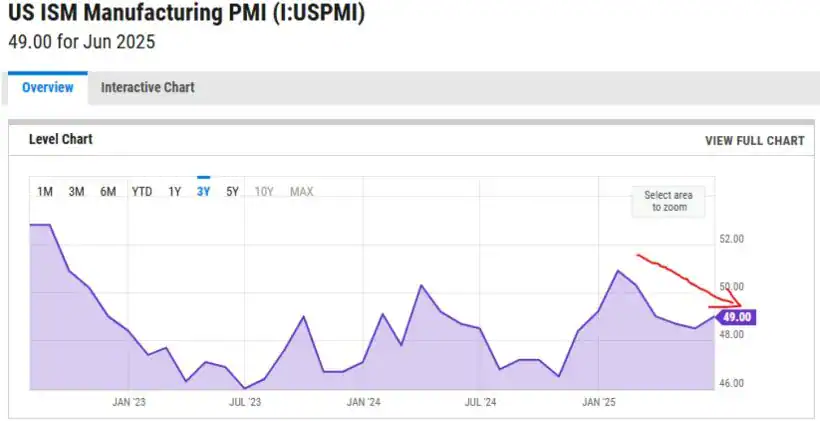
Figure 1 – US ISM Manufacturing PMI monthly (https://ycharts.com/indicators/us_pmi)
Further, Hedgeye’s Real GDP projections model shows continued deceleration through the current (third) quarter. Again, this is mild deceleration and real GDP does remain positive. More, nominal GDP is set to reaccelerate as inflation picks back up (see the next section). This creates an environment favorable to some risk-on assets, especially those that are commodity related.
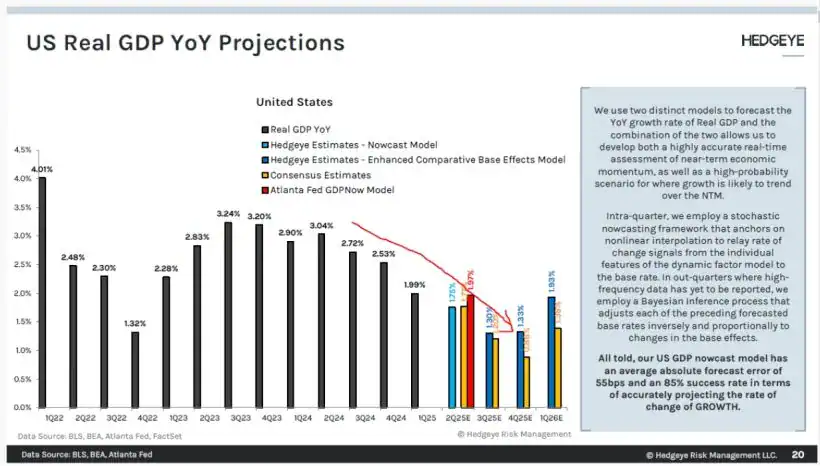
Figure 2 – US ISM Manufacturing PMI monthly (https://ycharts.com/indicators/us_pmi)
Inflation
Last quarter, we highlighted the February to April drop in measured inflation and inflation expectations. Then, we pointed out that inflation was likely to reaccelerate: “When market participants start to anticipate this reacceleration, securities will react: some winners will become losers and vice versa. We aim to tilt the portfolio accordingly.” It has.
The 5-Year Breakeven2 has now been climbing since mid-April.
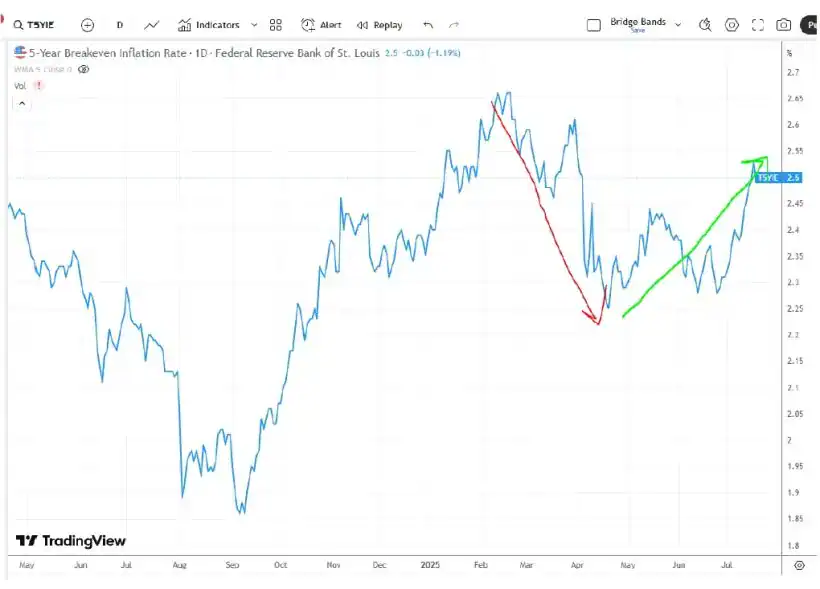
Figure 3 -5-Year Breakeven (www.tradingview.com)
Pulling from Hedgeye’s projection models again, we see that Consumer Price Index (CPI) remains set to continue the recent reacceleration through the back half of the year. As with the growth deceleration, this inflation acceleration looks to be mild. Either way, as we outline below, our portfolio today is weighted more toward commodities and commodity-oriented equities in anticipation of this trend persisting.
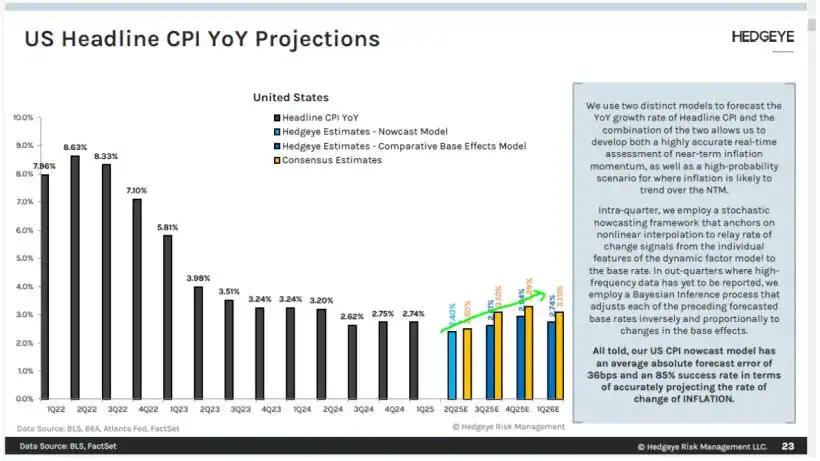
Figure 4 – Inflation Projections (www.hedgeye.com)
Market Signals
Last quarter we noted that “the rebound in positive market internals post the November 2024 election was short lived. With a seemingly exhausted rally in the Mag7 and the uncertain introduction of tariffs, US equity markets moved into “risk off” mode.” But we then emphasized a key detail “Interestingly, it is only an increase in selling pressure that is damaging internals. Buying power has remained constant through the turbulence.” That was an important sign.
We continued by quoting Lowry’s analysis of the data:
Thus far in April, the market has exhibited great volatility. However, rather than suffering random spasms, a series of days of urgent selling were followed by days of urgent buying to imply that Supply was exhausted and Demand was beginning to return. The chain of events was not typical of major correction bottoms, but there was enough evidence to suggest that the worst was over, and the ball is now in the bulls’ court.
And then we concluded: “In other words, we may have seen the worst and need to watch market signals carefully, but the atypical pattern means uncertainty remains.”
As appeared likely, subsequent to our letter, buying power has resumed its growth and selling pressure has faded creating a positive backdrop for risk-assets.

Figure 5 – https://www2.lowryondemand.com/members/markets/marketchart.cfm
Today Lowry’s posits:
With an improving balance of Demand and Supply, supportive market breadth and stock participation, as well as a more risk-on offensive stance, pullbacks or consolidation periods are likely to remain shallow and short-lived. The S&P 500 recently took a brief pause to work off its overbought conditions before rallying to another new all-time high on July 17. However, more importantly, the weight of evidence in Lowry’s core indicators continues to reflect a bull market that is likely still heading higher in the weeks and months ahead. Therefore, a bullish stance remains warranted in this resilient market, particularly as signs of technical deterioration remain absent.
Tactical Opportunities
We construct the Grey Owl All-Seasons portfolio based on an all-seasons design with tilts according to the prevailing economic environment. In addition, we occasionally take advantage of tactical opportunities. During the past quarter, two such tactical opportunities presented themselves.
As inflation continued to push prices higher and the threat of tariffs introduced the threat of further price increases, dollar stores presented an excellent opportunity for investment. As the low-cost (and in some towns the “only”) provider at scale, both Dollar General (DG) and Dollar Tree (DLTR) can raise prices to increase both their top and bottom lines. Leading up to this point, both stocks were down significantly. DG had fallen over 72% from an all-time-high in late 2022. We invested in both in early April. We sold DG in early July realizing a gain of over 28% in a few months. We continue to hold DLTR—in addition to its ability to take price, the company is undergoing a transformational change with the Family Dollar spinoff.

Figure 6 - (www.tradingview.com)
In mid-June when tensions with Iran escalated, Israel’s economy and stock market had been in a positive upward trend. Headlines caused a very rapid drop in the Israeli stock market over the course of four or five days. Contemplating a short-lived threat of escalating conflict and a return to focusing on the accelerating economy (this has been the pattern), we made an investment on June 13 which we sold on July 14 for a 13% gain.
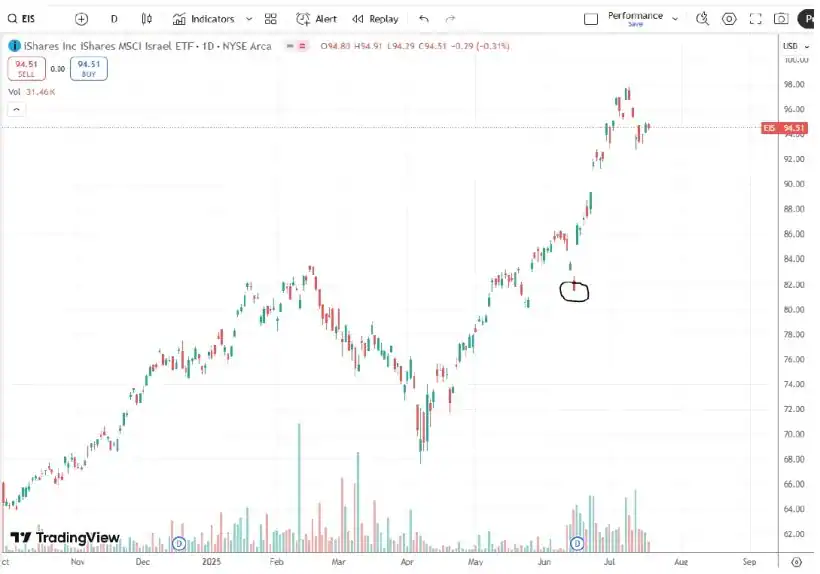
Figure 7 - (www.tradingview.com)
Current Positioning
Our current portfolio composition is very balanced (i.e. “all-seasons”). Across the portfolio there is an inflationary bent. Fixed income is weighted to inflation protected securities, curve steepeners, and high yield. US equity exposure is weighted toward growth and commodity producers. Our additional equity exposure focuses on Europe where both inflation and growth are accelerating. Of course, given the inflationary acceleration, we have direct commodity exposure through gold, silver, Bitcoin, and uranium.

This balance—rooted in our all-seasons framework and adjusted for the realities of today—embodies our core belief: we don’t try to predict the future, we position to enable success across many possible futures.
As always, if you have any thoughts regarding the above ideas or your specific portfolio that you would like to discuss, please feel free to call us at 1-888-GREY-OWL.
Sincerely,
Grey Owl Capital Management, LLC
Read more hedge fund letters here


